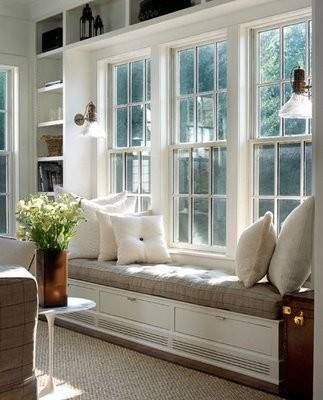
Photo by herbert2512, CC0 1.0
Let’s think about the world for a second. There’s no question that climate change is having a huge effect on the health of our planet and that the construction industry is having a large impact on that. So, you may be asking yourself as a builder, how can you make less of an impact on the environment and still meet your bottom line?
Well, there’s a simple answer to that question – build with steel! Yes, steel!
Steel is one of the most environmentally-friendly materials out there. You may not think this at first, but this article is here to convince you of the eco-friendly nature of steel. Whether it’s from Buck Steel or another provider of steel, it’s going to be much more environmentally friendly and sustainable than other materials like wood.
Read on to learn more about just how eco-friendly this amazing building material is.
1.Resource Preservation
When you look at steel, you might think that it’s going to use a lot more resources than other materials, like wood. However, there’s plenty of research out there that shows that steel is actually going to be used with a lot less resources than many other materials. This is mostly because steel is the most recycled product on Earth.
We’ll give you an example to visualize this. When you’re looking at building a 2,000-square foot home, you’ll need to use around an acre of trees in order to construct it with wood. However, when you build with steel, it’s only going to take the equivalent with six cars’ worth of old metal. That difference is pretty astounding, right?
It’s crucial that you understand the implications of saving all those resources. Imagine if all of our buildings were built with steel, rather than wood. That’s a ton of resources that we’re saving to help out the environment!
2.Less Production Emissions
Want to know an amazing fact? Most steel plants in the United States emit no carbon emissions at all! Over the past couple of decades, steel plants have made it their priority to become more energy efficient, so the production of steel is one of the most environmentally friendly processes out there. Plus, all of the water used in steel production is recycled.
That all combines to mean that producing steel doesn’t have much of an impact on the environment because there’s basically no carbon dioxide going up into the atmosphere.
3.Pre-Fabricated Components
Let’s talk energy consumption right quick. How much energy do you think is needed to construct a regular building that’s not prefabricated in the manufacturing site? It’s definitely a lot! Add to that the incredibly long building times, the necessary equipment to bring onto site, and the labor needed and you have an incredible amount of energy being used.
However, when you look at steel buildings, their components are prefabricated in the manufacturing site. This means that it’s going to take a lot less energy to produce them and build them onsite. Plus, because they’re pre-fabricated, it’s going to take a lot less time to put together the building on-site, reducing energy costs further. How incredible does all of that sound?
4.The Design Options
When you think about steel buildings, you may start thinking about huge industrial warehouses and skyscrapers. But, thanks to innovation in the steel industry, there are now more and more different designs that can be created by using steel.
That means that you’re going to be able to design a building that will be incredibly environmentally friendly when you use steel.
5.Energy Efficiency
When you think about your building’s energy consumption rates, what do you think is the major factor that leads into those high costs? If you guessed your heating and cooling systems, then you would definitely be correct! Well, with steel buildings, you’re in for a pleasant surprise.
When you have lighter metal roofing thanks to steel, the sun’s rays are going to be bounced off at a higher rate. This will have the effect of keeping your building cooler and decreasing your need for expensive air conditioning. Plus, steel buildings are much better insulated than other buildings, meaning that you can keep that heater


